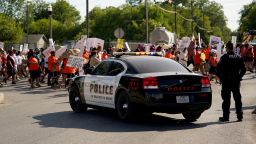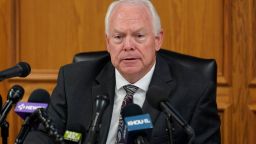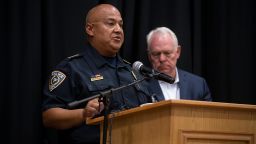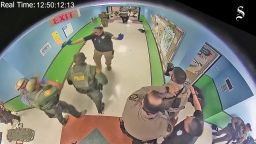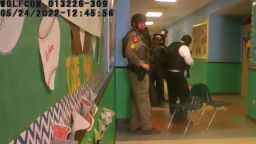After the 1999 mass shooting at Columbine High School, a state commission investigating the attack in Colorado offered a recommendation that would go on to be widely adopted by police agencies across the United States:
“Law enforcement policy and training should emphasize that the highest priority of law enforcement officers, after arriving at the scene of a crisis, is to stop any ongoing assault.”
Twenty-three years and hundreds of active shooter incidents later, society and policing leaders have set expectations that police end shooting attacks quickly and decisively – by killing or arresting the gunman – and prioritize the lives of victims over those of responding officers.
That did not happen three months ago when a gunman in Uvalde, Texas, killed 19 fourth-graders and two teachers and left 17 other people injured. After law enforcement approached the classrooms where the shooter had holed up with wounded students, the gunman fired at police, who retreated, then waited more than 70 minutes to confront and kill him.
The attack on Robb Elementary, the tactical failures of the police response, the inaccurate framing later by police of their own efforts as heroic and the subsequent refusal over months by government officials to answer key questions that could clarify the public’s understanding of that day, together, will have ramifications for years to come, even if only as a reminder of how not to respond to an active shooter and how not to communicate with the public afterward.
Beyond the immediate and deep devastation of dead students and educators, the deficiencies already have begun to undermine the credibility of law enforcement in Texas, testing residents’ faith in their own police and raising questions about the officers’ ability to confront future crimes. The mistrust has rippled, too: A sheriff in Illinois soon after the attack declared publicly that his deputies never would respond to a similar assault as police did in Uvalde, and school officials in Atlanta just this week briefed parents also concerned over the Uvalde police response about their own safety plans.
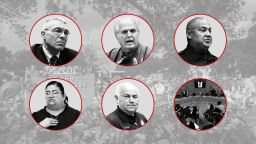
“This is very, very early in a long-, long-term affair,” said Thor Eells, executive director of the National Tactical Officers Association. “We’re in the first minute of an overtime game. There will be a lot of unintended, unforeseen, unanticipated consequences. That’s a shame.”
During the police response to the Columbine attack – a shocking siege that felt like a first-of-its kind event and marked a seminal moment in American policing – officers surrounded the school, trained to expect a SWAT team with specialized weapons and tactics to enter and resolve the situation. Professional practice in law enforcement back then also held that time itself benefited police responders.
But Columbine upended that widely held belief, with the state commission finding the trained response was “demonstrably inadequate for incidents like that at Columbine High School.” “Time is not on the side of police if one or more active perpetrators are in control of a large public building where there are many potential victims,” its report reads.
Twelve students and one teacher died at Columbine at the hands of two students who killed themselves at the school before officers found them. The police response was hampered not just by the ill-suited tactics but also by problems with communication among responding police agencies. Though an officer traded gunfire with one of the shooters a few minutes into the attack outside the school, the first law enforcement entry into the school came about 50 minutes after the shooting began, the report states.
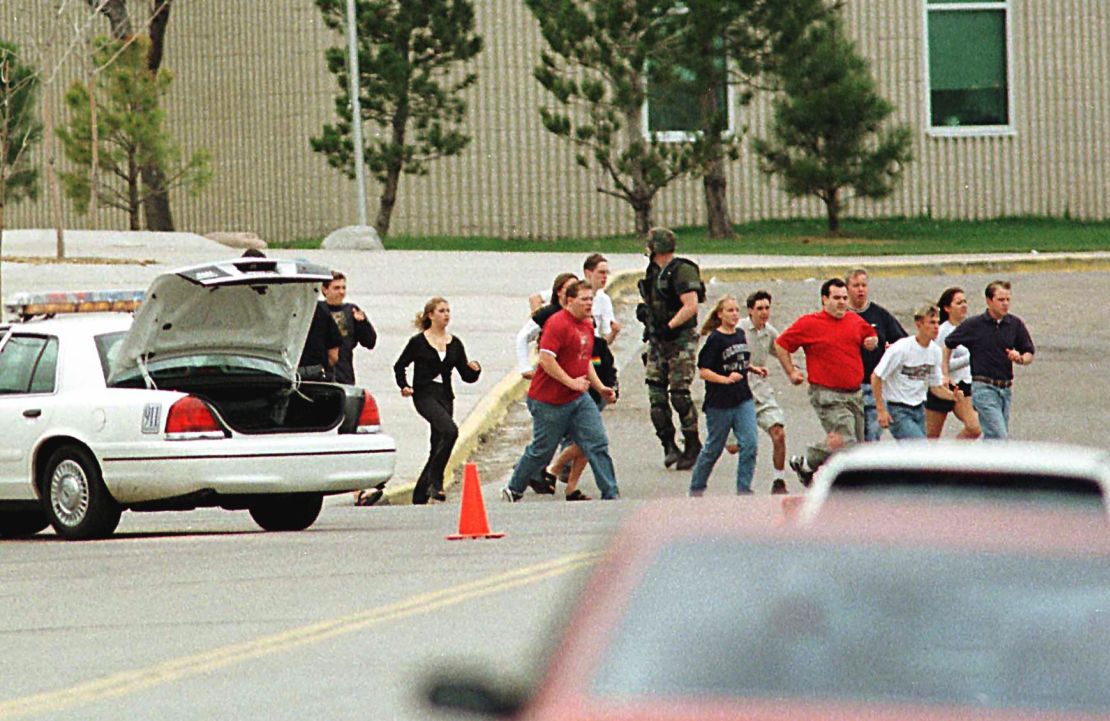
Amid debate after Columbine over whether police waiting for backup was the right approach, there was broad agreement the surround-and-negotiate approach taken during that massacre wasn’t appropriate to the type of violent school attack that’s only become more common over the past two decades, recalled Chuck Wexler, executive director of the Police Executive Research Forum, which aims to improve professionalism in policing.
“Back then, there was still some (debate as to) whether a single officer should go in or wait for additional officers. There was variation in policies … I think that’s the case even at Parkland,” he said, referring to the 2018 school shooting in Florida. “But Uvalde was a line in the sand in the sense that … lessons will be felt for decades to come. It’s not a debate anymore.”
The Columbine commission’s recommendation to prioritize a speedy confrontation was just that – a recommendation. Not even every police agency involved in the Columbine response cooperated with the commission’s work, and the wide adoption of its approach to active shooting events as a professional policing standard didn’t happen immediately.
Still, the expectation of a fast and aggressive police response has only sharpened over the years, as groups like the National Tactical Officers Association in Colorado and the Advanced Law Enforcement Rapid Response Training center in Texas have developed training programs that prioritize the rapid and violent, if necessary, confrontation of spree shooters.
Indeed, few things in law enforcement can now be so simply explained as the officer’s obligation during an attack, especially at a school:
Move toward gunfire.
End the threat.
“In Uvalde, we’re 20 years past Columbine and (four) years past Parkland … but that’s the challenge of American policing: the expectation that everybody is going to perform and knows best practices. But what happens when that message doesn’t get through and you have the response like you have in Uvalde? A question of who’s in charge, question of command, question of equipment, question of willingness to put yourself, your life on the line to protect someone else,” Wexler said. “All those came about.”
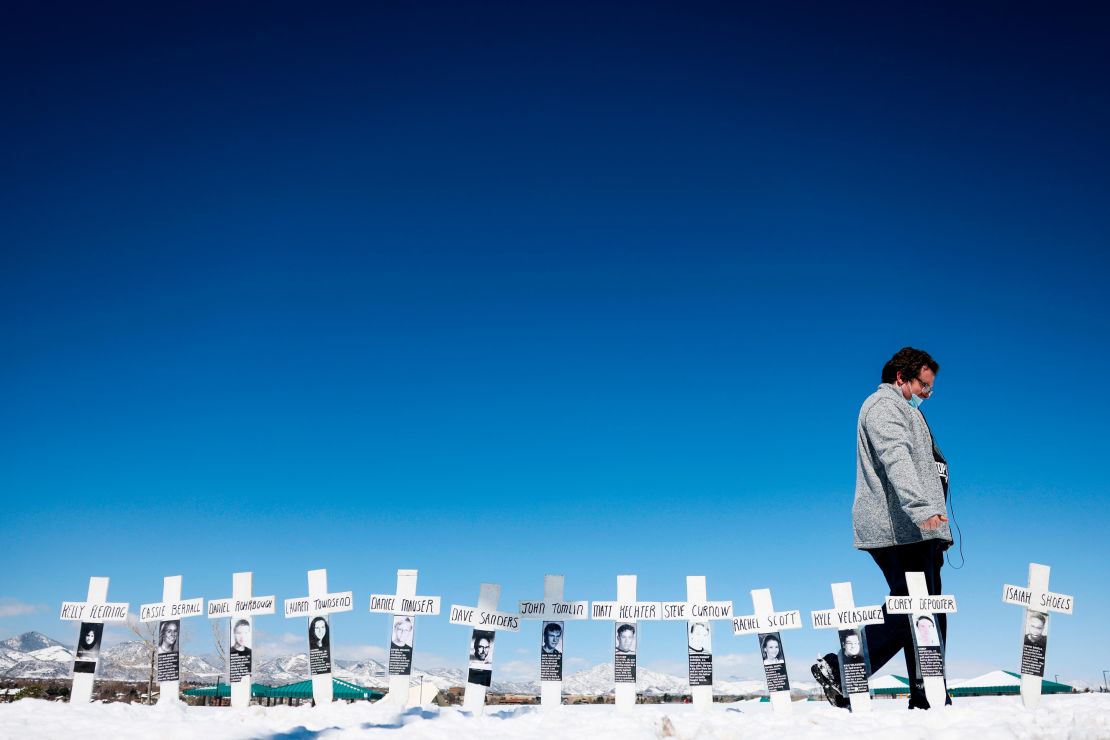
‘A massive failure of leadership on every level’
A complete accounting of the police response to Uvalde has not yet been made public by officials, who’ve largely avoided answering questions about internal reviews complicated by the overlapping response by 23 agencies and the fact that key agencies are investigating themselves.
Still, police experts, public officials, grieving parents and others all have said the choice by Uvalde responders to wait so long to confront the shooter was wrong.
What’s known of the Uvalde response so far largely comes from video from inside school hallways, a report released by a Texas legislative committee investigating the shooting, police body-worn camera videos from the city of Uvalde and a report from the ALERRT training center at Texas State University. Together, the materials show a failure of command early in the response that experts have said compounded failures further on in the incident and in the days that followed, as police gave the public wrong information about what happened.
For instance, a CNN review of body-worn camera footage revealed officers with the state agency investigating the shooting – the Texas Department of Public Safety – were at Robb Elementary earlier than publicly acknowledged by its leaders, who instead have focused on its members’ actions later in the attack. Meantime, the city of Uvalde waited nearly two months – until after the release of the legislative report – to release the bodycam videos and has shared little about a third-party probe of its police force. And while the school board fired its police chief – a move his lawyer called “an illegal and unconstitutional public lynching” – school officials haven’t commented on the status of any other officers there that day.
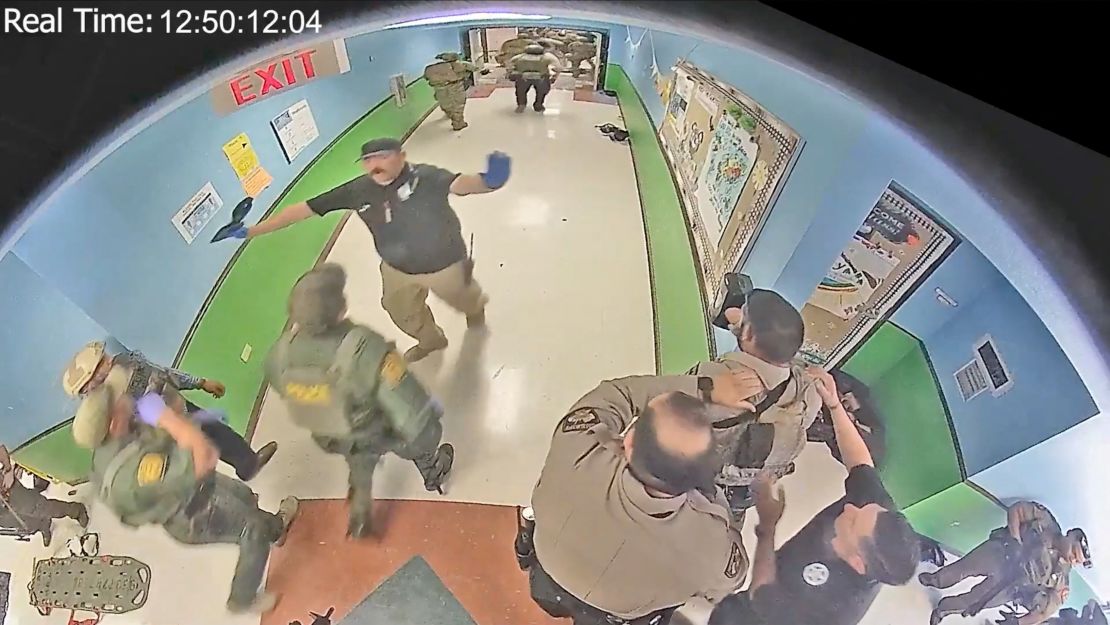
All the while, parents of slain children and their neighbors have been showing up to city and school government meetings, demanding far more answers and accountability from public officials, who’ve shown little interest in the three months since the carnage in releasing more information.
“It’s a massive failure of leadership on every level,” said Peter Moskos, a professor at John Jay College of Criminal Justice and former Baltimore city police officer. “No one there has said they f**ked up. There’s still a need for police, there’s just no accountability. Someone needs to resign and say, ‘We messed up.’ It would give some accountability to it. This idea you make a big mistake, kids die, then you just go on … that’s what’s happening. If it happened again, there’s no reason to think they’d do it any differently.”
Among the unanswered questions about Uvalde are how officials are reviewing the actions of lower-ranking officers and whether they’re considering how officers can go back into the small community and expect respect and compliance from residents who know they waited outside a classroom while kids bled from gunshot wounds.
“We are still being placated with tidbits or being outright stonewalled or being given excuses” about the city police department’s response, said resident Michele Prouty, who passed out complaint forms against Uvalde police at an August 9 Uvalde City Council meeting. “What we have instead – what we are traumatized again and again by – is an inept, unstructured national embarrassment of a circus tent full of smug clowns. These clowns continue to cruise our streets sporting their tarnished badges.”
“I cannot, for the life of me, imagine how you’d continue a career knowing you left children in there,” said Eells, of the National Tactical Officers Association. “Cannot imagine it.”
Texas’ DPS Director Steven McCraw has called the law enforcement response “an abject failure” and said each of his officers will be scrutinized internally and by the county district attorney spearheading a criminal investigation in the case. McCraw will not publicly release any information, per a district attorney’s request, he said, acknowledging the case could take years.
“It is important to do a thorough investigation, especially when law enforcement officers are involved,” McCraw said earlier this month. His agency would not comment for this story.
The head of the union that represents law enforcement officers across the state, including some in Uvalde, has called for an independent probe of Texas DPS. “I don’t know that we can trust them to do an internal investigation,” said Charley Wilkison, executive director of the Combined Law Enforcement Associations of Texas.
Texas DPS “was fast to wash its hands, to point fingers and to make sure that the general public, particularly the elected officials, knew that they were spotless, blameless and that this was a local problem. … No one created this environment, (in) which everyone’s to blame except DPS. No one did that except them,” he said.
“If we’re to never, ever let this happen in Texas, we have to know what happened, exactly what happened.”
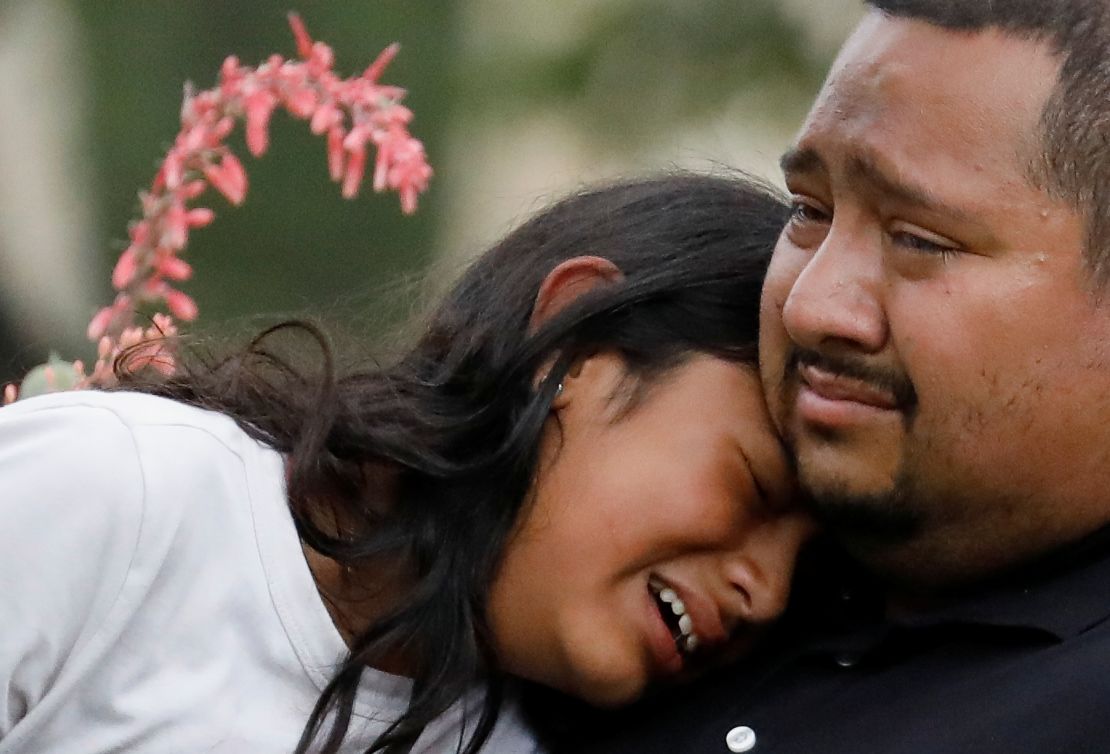
Candid Illinois sheriff soon faces a spree shooting
It’s common for police, formally and informally, to look at how another agency handled a case that garnered significant news attention. Cases less consequential than Uvalde can result in a reminder from a supervisor during roll call of officers’ responsibilities during an active shooting event, or something more formal, like an agency prioritizing refresher training.
Nationally, there was concern within law enforcement within a few days of the Robb Elementary attack over the quality of the police response and how it was being communicated, based on the shifting narrative from law enforcement officials in Texas. The public shared those same concerns as they saw the police yarn unravel through news reports and official reviews.
In Lake County, Illinois, the sheriff released a statement three days after the Uvalde shooting vowing his force would do all the things law enforcement in the Texas city did not: “immediately respond” and “move immediately into the scene and utilize their training to do what is necessary” and “take whatever actions are necessary to protect life.”
The agency thought it important to reassure county residents that deputies knew their responsibilities in an active shooter situation, said Chris Covelli, a deputy chief and the sheriff’s office public information officer. People in Lake County – where a mass shooting would unfold only weeks later at a July 4 parade, killing seven and injuring dozens more in Highland Park – were looking at what was happening in Uvalde and wondering, Covelli said.
“Had the community not been concerned, it wouldn’t have needed to be addressed. But they were, and the onus is on us to know where we stand and what we’re prepared to do,” he said. “Our sheriff reassured the community that in an active shooter situation, we are going to respond to move and stop that threat – not going to wait, not going to wait to get orders through the grapevine how to proceed.
“Our deputies are trained to make immediate decisions. Whether it’s an active shooter at a school bus, church, whatever the case is, (they’re) trained to enter and stop the threat immediately, don’t need to wait for approval to do that,” he said.
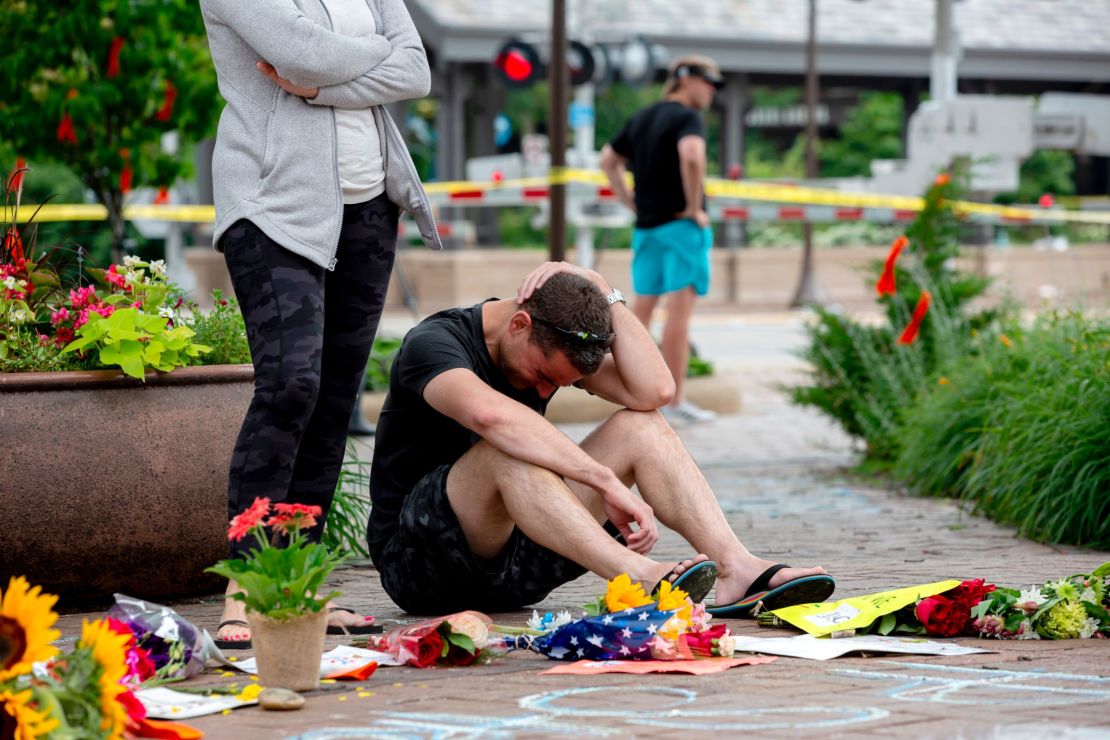
In Atlanta in late August, school and police officials addressed parents who’d raised concerns related to the Uvalde attack by detailing their own plans to respond to active shooters, CNN affiliate WGCL reported. The very next day, the high school was the subject of a threat quickly investigated by city police and the FBI, according to a principal’s statement.
Fear of a cover-up in the Uvalde police responses is real. The city’s mayor has openly wondered about it, and the legislative committee investigating the shooting noted in the report it issued July 17, “The fear of a coverup is palpable here … Most fundamentally, there has been a loss of trust in government.”
“Problems with the flow of information have plagued government, media, and public discussion about what happened at Robb Elementary from the outset – damaging public trust, inflicting a very real toll on the people of Uvalde, and creating an imperative to provide a reliable set of facts,” the report stated.
After the 2014 deaths of Michael Brown and Eric Garner at the hands of police, then-President Barack Obama formed a task force that issued a report declaring “legitimacy” as essential to any police agency’s ability to do its job. “Building Trust & Legitimacy” ended up as the first pillar of the panel’s report – “really the fundamental, underlying all the pillars,” said Laurie Robinson, one of the report’s authors.
While the circumstances of Brown’s killing – which like Garner’s prompted widespread protests and calls for reform in how officers use legal force against suspects – differ markedly from what happened in Uvalde, the hesitance of officials in that Ferguson, Missouri, case to release key details of what happened mirrors the pattern that has emerged after the Robb Elementary massacre, said Wexler, of the Police Executive Research Forum.
And as the Obama task force concluded, “transparency and accountability” cut directly to the ability of police agencies to retain the public’s trust. Its report suggested police communicate “swiftly, openly, and neutrally,” especially when there are allegations of police misconduct.
It’s counsel officials so many years later in Uvalde did not appear to heed.
“That really compounded things in Uvalde, the fact you couldn’t get answers to basic questions. Whenever (a) department decides (it was) not going to communicate basic information, they undercut their legitimacy immediately,” Wexler said. “And that’s one of (the) lessons police chiefs know: that the days of saying ‘no comment’ ended decades ago.”


